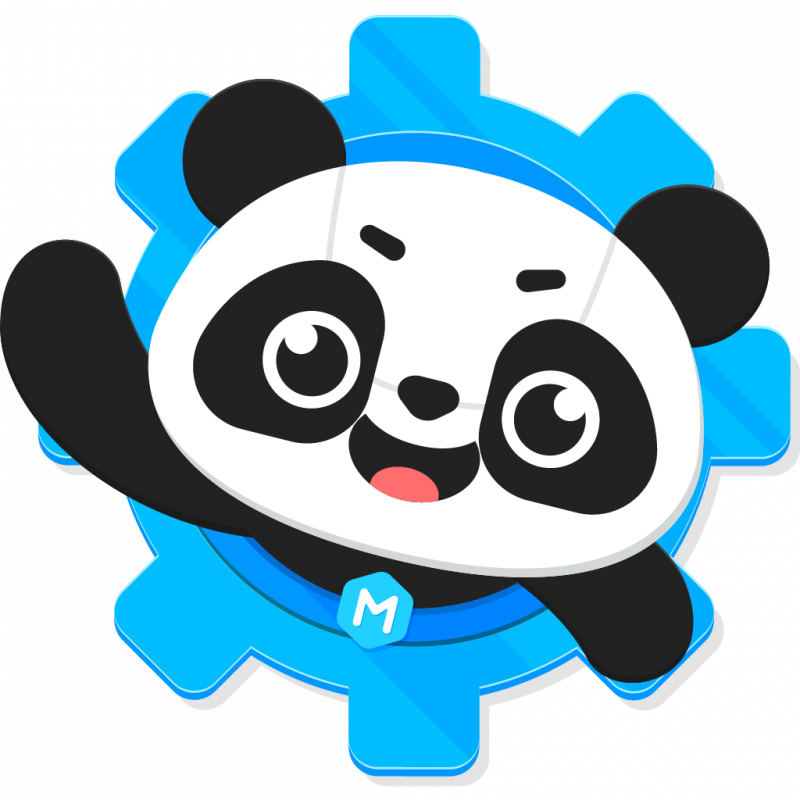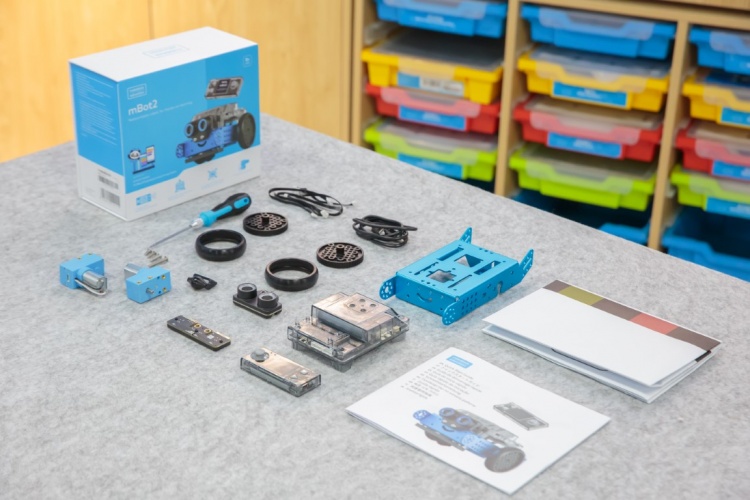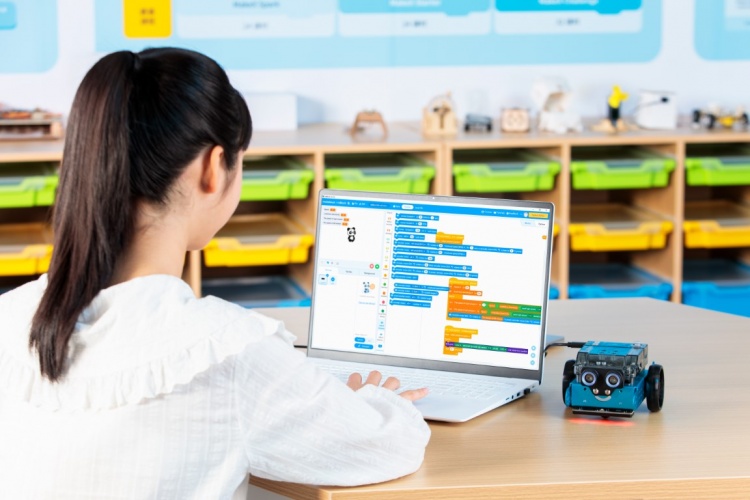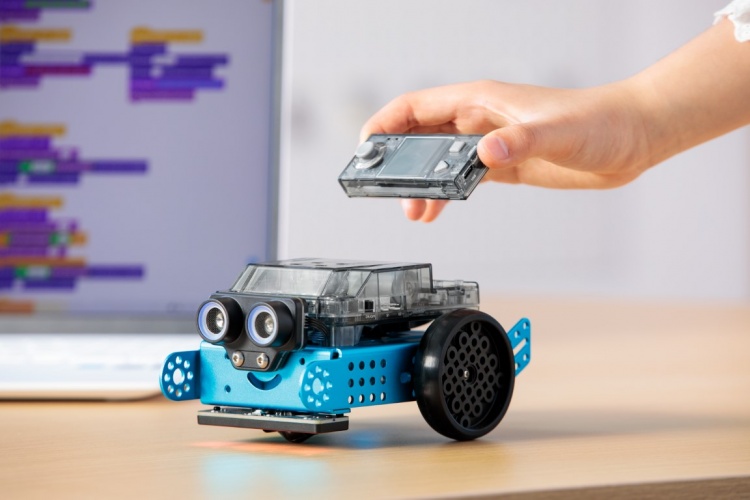
mBot2
mBot2 is a next-generation educational robot designed with extended capabilities, starting as an entry-level solution in lower secondary education and going all the way to upper secondary and beyond. mBot2 is powered by CyberPi, an educational microcontroller enhanced with network capabilities, built-in sensors and much more. mBot2 is designed for students to carry out interactive and smart lessons that are engaging, fun and reflecting real-world applications, including robotics, AI, IoT and Data Science. With mBlock’s enhanced coding learning experience, mBot2 allows students and educators to begin with the block-based coding approach, and seamlessly transition into object-oriented coding with Python, all in the same environment.
The pedagogical analysis covers how the product supports learning of the identified skills. The student’s role is assessed by four contrary pair parameters, which are selected to cover the most essential aspects on the use of the product.
The following are the high educational quality aspects in this product.
The supported learning goals are identified by matching the product with several relevant curricula descriptions on this subject area. The soft skills are definitions of learning goals most relevant for the 21st century. They are formed by taking a reference from different definitions of 21st century skills and Finnish curriculum.







User reviews for mBot2
You need to log in to post a review.